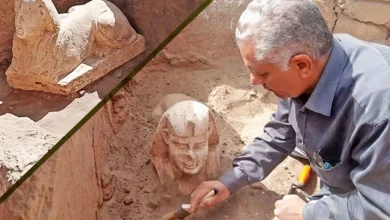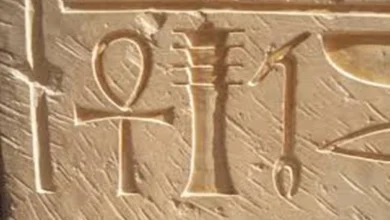How did ancient people address each other or When did the first names appear
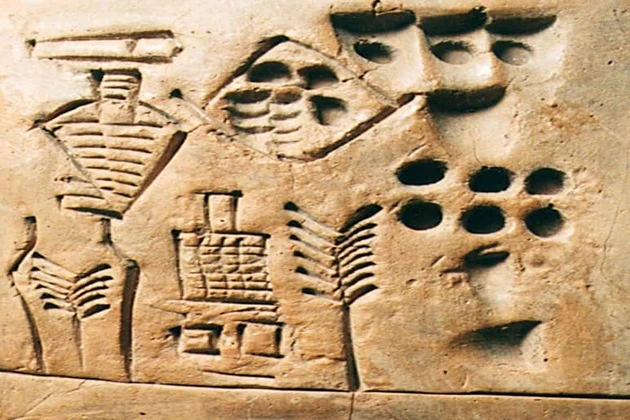
Suppose a time traveler chooses a destination at some point in the very distant past of humanity – a moment that can only be judged by the fossils found by archaeologists. What will this “tourist” do when meeting his distant ancestors (after ensuring that such a meeting is safe?) Of course, he will introduce himself and ask for the interlocutors’ names. And did these names exist at a time when caves served as a dwelling and mammoth meat was a dinner?
What does it take to get a name
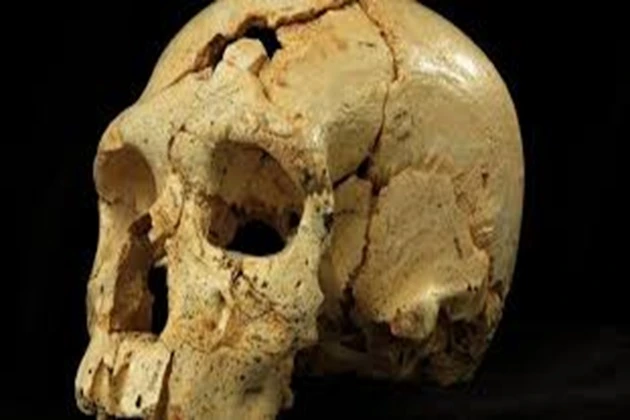
We do not have any reliable data on how people addressed each other 10, 50, 100, or 500 thousand years ago. Sounds are not preserved in a petrified form, and words spoken long ago cannot be studied now. However, the same fossilized skeletons can tell you something about the possibilities that their owners had during their lifetime. For example, in the relief on the inside of the skull of an ancient man, you can see furrows corresponding to large convolutions of the brain and even some vessels. So, the appearance of the fossil skull can tell whether or not this person can speak.
It is now believed that the ability to speak appeared in early humans more than a million years ago. However, more “modest” versions are also being voiced regarding the time of the appearance of articulate speech – about 100,000 years ago, when people migrated from East Africa to Eurasia. However, how this ability developed or how our ancestors spoke is unknown. Perhaps they communicated in separate “words” – like great apes. However, Sir Charles Darwin, for example, believed that they sang like birds, primarily because of the morphological similarity of avian vocal cords and human ones.
Did the names appear immediately? After all, it was not their identification that mattered more but their ability to warn of danger with their voice, as some species of monkeys do now. These animals have at least three actual words: “snake,” “leopard,” and “eagle.” Each of them prescribes its line of behavior to escape from predators. Monkeys are generally well-trained in sign language, lexigrams, and imitation of human speech. Still, they control their tongue and lower jaw worse than humans, and their vocal cords are not sufficiently developed in this sense. As for self–names, it is assumed that some animals, such as cetaceans, have them. But no evidence has been found for names in any population other than humans.
Names and nicknames of primitive people
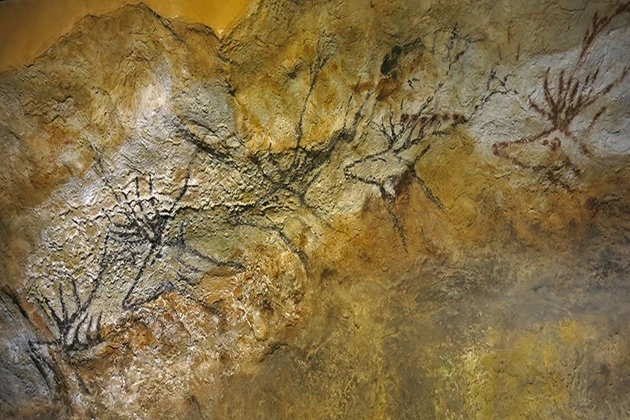
But still, it follows from the logic of human evolution that even ancient people should have had some ways to turn to another group member, to a child, to the main hunter. Ethnographic data indirectly confirm this: in the primitive cultures of the modern world, which in many ways resemble the life of the Paleolithic period, names are used. Visit. A F R I N I K . C O M . For the full article. Moreover, due to different religious beliefs and worship of the forces of nature, the rules regarding names become more complicated. Sometimes, a representative of such a “primitive” person informs the researcher that he does not have a name, which reflects the existence of a taboo against voicing it in front of an outsider.
In traditional cultures, it is customary to have a nickname or change your name several times during your life to “confuse” otherworldly forces and prevent them from harming a person through his true name. It can be assumed that some similar rules existed among our Cro–Magnon ancestors and even earlier species of the genus homo. But that’s anyone’s guess.
The emergence of agriculture, the unification of people into large communities, and a fixed role for everyone in a more complex social formation influenced the need to identify everyone in this group. With the advent of writing, it became possible to reflect one’s name with the help of some kind of sign—and historians have data on the oldest signatures in history.
The first names we know

The earliest extant record of a person’s name dates back to 6600 to 6200 BC. Pottery shards found in China show symbols a master potter could have left. The symbols were not yet written, but they were already signs identifying a specific person, which means his name. However, the actual names—written in letters—were found on products 2,000 years younger.
In Sumerian states, some accountants or clerks filled out routine statements and signed them with special sticks on wet clay. It was a routine job for him. For us, the document was the first of those in which a human name was recorded: Kushim was the name of a representative of one of the oldest professions, as it turns out.
The record of the ruler of Upper Egypt, “iry Hor” (“Mouth of the Hour”), is about the same age—3,400 years—and is also one of the first mentions of the name in history. The record was found on potsherds in one of the oldest tombs of Abydos. The first female name recorded and preserved to this day is Neithhotep. It belonged to the wife of the pharaoh, who lived about five thousand years ago.


